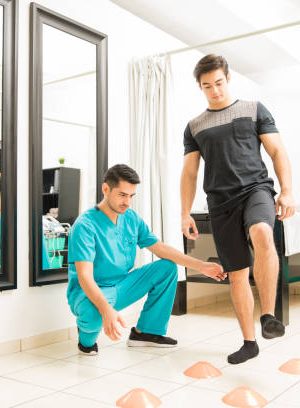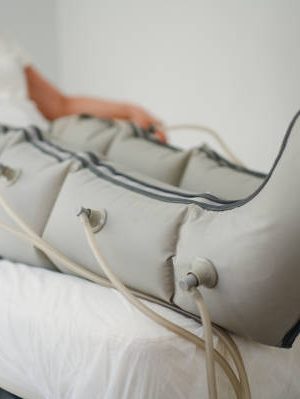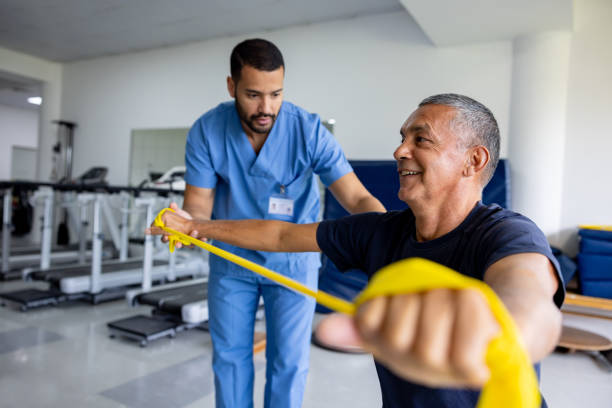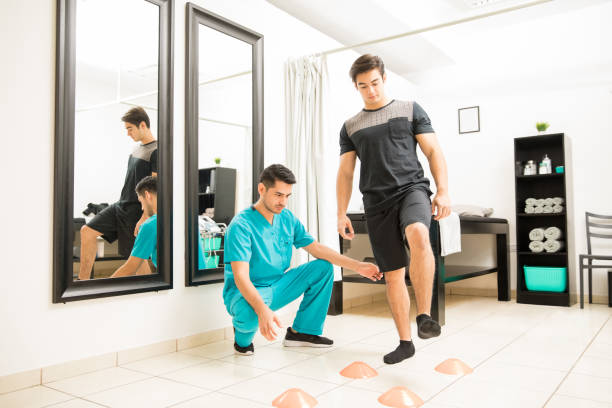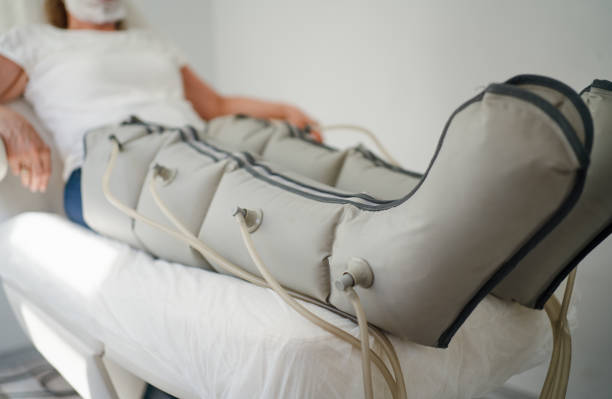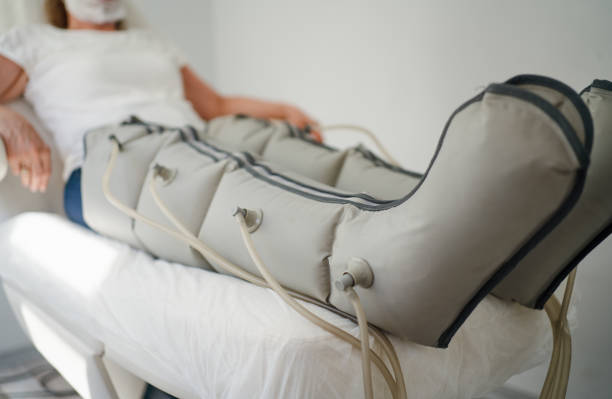When it comes to rehabilitation and recovery, understanding the differences between physical vs occupational therapy is crucial. Both therapies play significant roles in helping individuals regain function and improve quality of life, but they do so in different ways. In this article, we will explore the distinctions between physical and occupational therapy, highlight the services offered by Greenville physical therapy, and discuss the importance of using a pillow correct sleeping posture.
Physical vs Occupational Therapy: Key Differences
Physical vs occupational therapy are often used interchangeably, but they serve distinct purposes. Physical therapy (PT) focuses on restoring movement and function through exercises, manual therapy, and modalities such as heat or cold treatments. PT is typically prescribed for injuries, post-surgical recovery, and chronic conditions affecting the musculoskeletal system.
Occupational therapy (OT), on the other hand, aims to help individuals perform daily activities more independently. OT addresses a range of issues, including motor skills, cognitive functions, and adaptive techniques. Occupational therapists work with patients to modify their environment and tasks to enhance their ability to perform everyday activities, from dressing and bathing to cooking and working.
Greenville Physical Therapy: Excellence in Care
Choosing the right provider is essential for effective rehabilitation. Greenville physical therapy offers top-notch services tailored to meet individual patient needs. The therapists at Greenville Physical Therapy are highly trained professionals who use evidence-based practices to deliver optimal care. They provide personalized treatment plans that include strength training, mobility exercises, and pain management techniques to ensure patients achieve their recovery goals.
The Role of a Pillow in Correct Sleeping Posture
Good sleep is vital for overall health and well-being. Using a pillow correct sleeping posture can significantly impact sleep quality and spinal alignment. A properly supportive pillow helps maintain the natural curve of the spine, reducing strain on the neck and back muscles. This can prevent pain and stiffness upon waking, contributing to better overall health and comfort.
Integrating Physical and Occupational Therapy
Combining physical vs occupational therapy can provide comprehensive care for patients with complex needs. For example, a patient recovering from a stroke might require PT to regain strength and mobility, while OT would help them relearn daily tasks and adapt their living environment. This integrative approach ensures a holistic recovery, addressing both physical capabilities and functional independence.
Services Offered by Greenville Physical Therapy
Greenville physical therapy offers a wide range of services, including manual therapy, therapeutic exercises, and education on injury prevention. Their team works closely with patients to develop individualized treatment plans that address specific concerns. Whether recovering from surgery, managing chronic pain, or improving athletic performance, Greenville Physical Therapy provides the expertise and support needed for successful outcomes.
Choosing the Right Pillow for Correct Sleeping Posture
Selecting a pillow correct sleeping posture is essential for maintaining spinal health. Factors to consider include the pillow’s height, firmness, and material. Side sleepers may benefit from a firmer pillow to keep the head and neck aligned, while back sleepers might prefer a medium-firm pillow that supports the natural curvature of the neck. Choosing the right pillow can enhance sleep quality and reduce the risk of developing chronic neck and back pain.
Conclusion
Understanding the differences between physical vs occupational therapy is crucial for choosing the appropriate treatment for specific health conditions. Both therapies offer unique benefits and can often complement each other for comprehensive rehabilitation. Greenville physical therapy provides exceptional care, utilizing evidence-based practices to help patients achieve their recovery goals. Additionally, using a pillow correct sleeping posture is essential for maintaining spinal alignment and preventing discomfort. By integrating these therapies and paying attention to sleep posture, individuals can enhance their recovery and overall quality of life.



